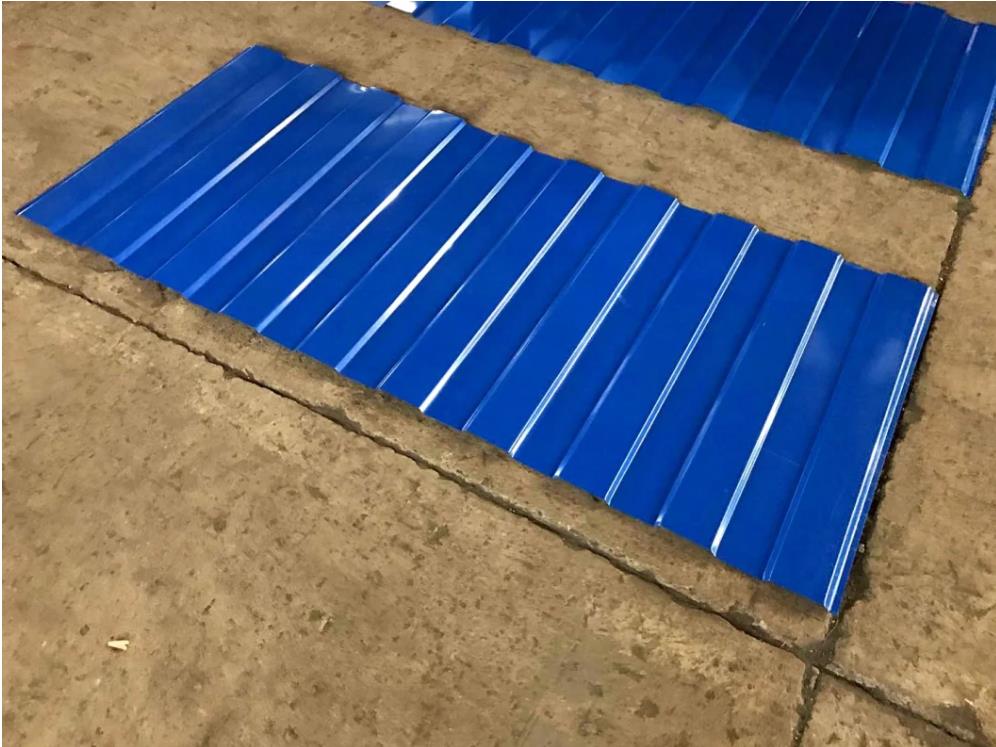snap lock roll forming machine
Understanding Snap Lock Roll Forming Machines
The evolution of manufacturing processes has significantly impacted various industries. Among these innovations, the snap lock roll forming machine stands out as an essential tool for producing metal components with precision and efficiency. This article delves into the functionalities, advantages, applications, and future trends associated with snap lock roll forming machines.
What is a Snap Lock Roll Forming Machine?
A snap lock roll forming machine is specialized equipment designed to produce metal profiles through a continuous bending process. The snap lock feature refers to the machine's capability to create interlocking components used in applications like roofing and siding. The profiles produced often have a unique edge design that allows for easy assembly without the need for additional fasteners.
These machines utilize a series of rollers to gradually shape flat metal sheets into desired profiles. The process is highly automated, allowing for high production rates while maintaining precise tolerances. Steel, aluminum, and other metals are commonly used, depending on the end product requirements.
How Does It Work?
The operation of a snap lock roll forming machine typically begins with a flat metal sheet feed. As the sheet progresses through a sequence of rollers, each roller progressively bends the metal, shaping it into the desired profile. The final shape is usually designed with features that facilitate snap locking, making assembly straightforward.
The process can be customized based on the profile specifications required, including thickness, width, and design complexity. Advanced controls enable operators to adjust settings quickly, ensuring consistent output quality. Furthermore, automated systems can optimize material usage, minimizing waste.
Advantages of Snap Lock Roll Forming Machines
1. High Efficiency One of the most significant advantages of using a snap lock roll forming machine is its speed. The continuous process allows for large quantities of products to be manufactured in a short time frame.
2. Cost-Effectiveness Although the initial investment in a roll forming machine may be substantial, the long-term savings are notable. Reduced labor costs, efficient material usage, and minimal wastage contribute to a lower cost per unit.
snap lock roll forming machine

3. Customization These machines can produce a wide range of profiles tailored to specific needs. The flexibility in design allows manufacturers to cater to diverse client demands across various sectors.
4. Durability and Strength Products made from metal using roll forming techniques exhibit excellent durability and structural strength. This characteristic is particularly valuable in construction and roofing applications where material performance is critical.
5. Reduced Assembly Time The snap lock mechanism reduces the time spent on assembly, as components can be easily fitted together without the need for additional tools or fasteners.
Applications of Snap Lock Roll Forming Machines
Snap lock roll forming machines are widely used in several industries
- Construction They produce roofing panels, siding, and structural components that ensure durability and aesthetics in buildings. - Automotive Used for creating body panels and other automotive components that require precise dimensions and strength. - HVAC Vital in manufacturing ductwork and ventilation components, where interlocking pieces provide secure connections. - Agriculture Fabrication of metal structures such as barns and storage units often employs snap lock systems for efficiency.
Future Trends and Innovations
As technology continues to advance, the future of snap lock roll forming machines looks promising. The integration of smart technology and automation is on the rise, paving the way for Industry 4.0 transformations. Enhanced data analytics will allow manufacturers to monitor processes in real-time, predicting maintenance needs and optimizing performance.
Sustainability is also becoming a focal point. Innovators are developing eco-friendly materials and more energy-efficient machines, aligning production practices with environmental considerations. The demand for recycled materials in metal forming processes indicates a growing trend towards sustainability in manufacturing.
Conclusion
In conclusion, snap lock roll forming machines represent a significant advancement in metal processing technology. Their versatility, efficiency, and effectiveness make them integral to various industries, from construction to automotive manufacturing. As we move forward, the continuous evolution of these machines will undoubtedly contribute to more innovative and sustainable methods of production, shaping the future of manufacturing.
-
Roof Panel Machines: Buying Guide, Types, and PricingNewsJul.04, 2025
-
Purlin Machines: Types, Features, and Pricing GuideNewsJul.04, 2025
-
Metal Embossing Machines: Types, Applications, and Buying GuideNewsJul.04, 2025
-
Gutter Machines: Features, Types, and Cost BreakdownNewsJul.04, 2025
-
Cut to Length Line: Overview, Equipment, and Buying GuideNewsJul.04, 2025
-
Auto Stacker: Features, Applications, and Cost BreakdownNewsJul.04, 2025
-
Top Drywall Profile Machine Models for SaleNewsJun.05, 2025








